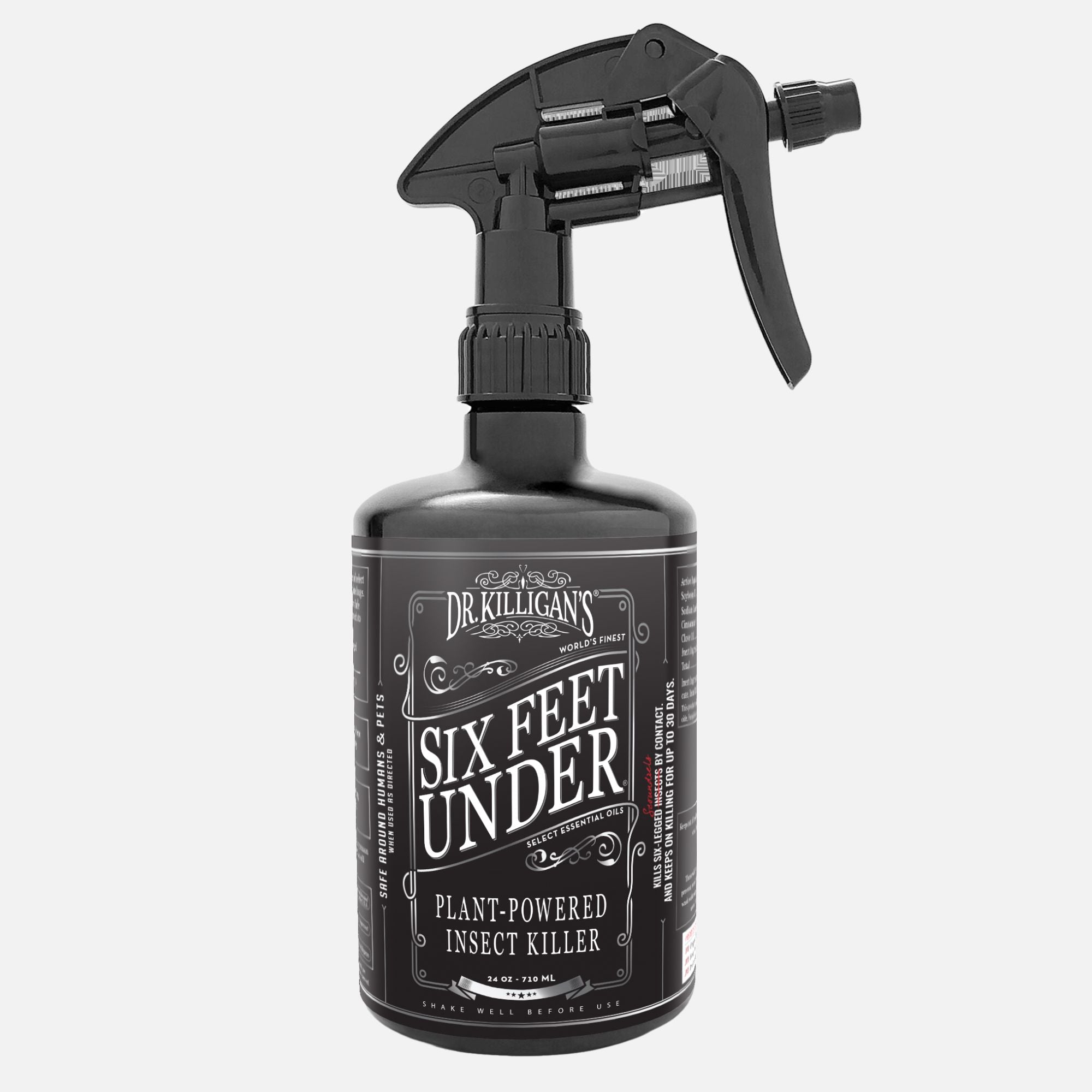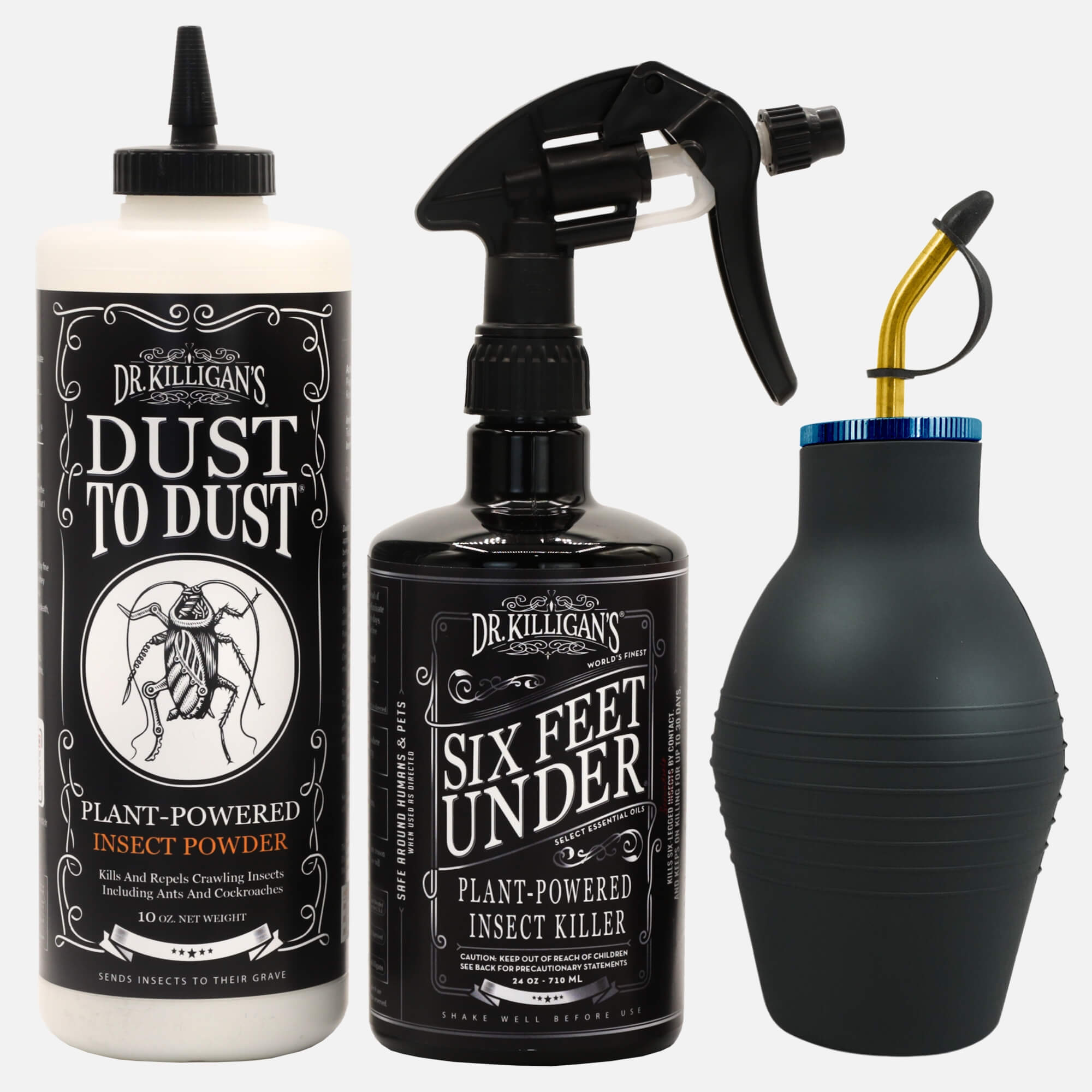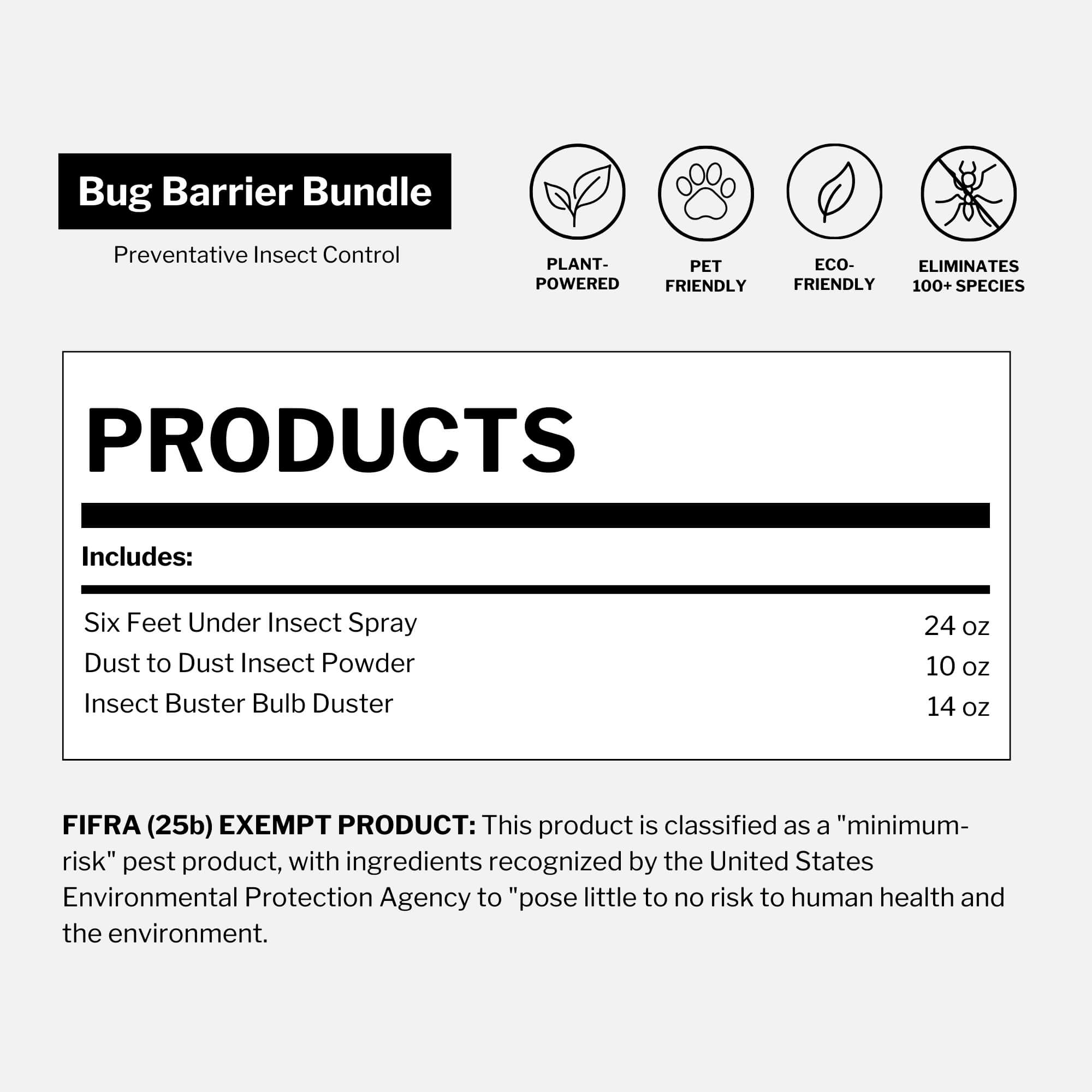Published February 28, 2025 • Updated December 19, 2025
Reviewed by Julie Miller, BA in Language Arts, Editorial Lead, Dr. Killigan’s
TL;DR: An ovipositor is an egg-laying organ used by many female insects to place eggs in a specific spot. In some wasps it can also function as a stinger.
If you've ever spotted a long “stinger-looking” spike on a bug and thought, nope, you are not alone. In many cases, what you are seeing is not a weapon at all. It is a precision tool for egg-laying.
In this guide, we will define an ovipositor in plain English, show how it works and clear up the most common confusion points quickly.
Ovipositor FAQs
Ovipositor meaning
An ovipositor is a specialized egg-laying organ found in many female insects. It helps these females place eggs exactly where their young have the best chance to survive.
What is an ovipositor?
Think of it as a built-in “egg placement tool.” Depending on the species, it may look like a short tip at the end of the abdomen or a long, needle-like structure that can reach into tight spaces.
How do ovipositors work?
Ovipositors can cut, drill or slide into a surface so eggs can be deposited in a protected spot. Some are external and readily visible. Others stay mostly internal and only extend during egg-laying, which is why it can seem like the ovipositor “appears” out of nowhere.
Is an ovipositor a stinger?
Sometimes they look similar, especially on wasps. The difference is purpose: an ovipositor is built for egg-laying. In some wasps, the ovipositor is also used to deliver venom so it can function like a stinger in certain species.
Do spiders have ovipositors?
No. Spiders are arachnids, not insects and they do not have ovipositors. They lay eggs using reproductive openings and produce egg sacs rather than placing eggs with an ovipositor.
What is a wasp ovipositor?
In many wasps, the ovipositor helps place eggs in hidden locations like wood, soil or inside a host insect. Some wasps use it with extreme precision, which is why it can look intimidating up close.
Now that you’ve got the definition, here’s what ovipositors actually do in the real world.

What is the purpose of an ovipositor?
An ovipositor plays a crucial role in egg-laying (a process known as ovipositing). This tool allows female insects to deposit their eggs in carefully selected locations. Depending on the species, ovipositors can:
- Pierce plant tissue: Sawflies saw into leaves and stems to deposit eggs
- Drill into wood and soil: Wood-boring wasps carve tunnels for their offspring
- Inject eggs into hosts: Parasitic wasps turn other insects into nurseries
Every species has the same goal—giving its offspring the best possible chance to hatch and develop.
How do sawflies use their ovipositors to slice into plants?
Sawflies are a good example of ovipositor anatomy in action, with ovipositors specially adapted to saw into plant tissue for egg-laying.
Female sawflies have slender and elongated ovipositors that resemble a tiny saw or drill. When a female sawfly locates a suitable host plant for egg-laying, she uses her ovipositor to make precise incisions (or slits) in the plant tissue—a process referred to as "sawing." The female sawfly exerts controlled movements to carefully cut through the outer layers of the plant, creating minute channels or pockets where she can deposit her valuable eggs.
Do wood-boring wasps have built-in drills?

Some insects have evolved extraordinary tools for survival and wood-boring wasps are no exception.
A wood-boring wasp, or wood wasp, has an ovipositor that is a long and slender appendage that is typically curved or angled and accompanied by sharp, serrated edges or teeth near the tip. When a female wood-boring wasp is ready to lay her eggs, she locates a suitable wooden surface or soil environment. Positioning her ovipositor against the surface and applying just-so pressure, she uses it as a drilling tool.
With a combination of forward thrust and rotating movements, she gradually bores into the wood or soil. The sharp edges or teeth on the ovipositor aid in cutting through the material, while the curved or angled shape allows the wasp to maneuver and penetrate deeper into the substrate. The female may also secrete substances that soften the wood or soil, making it easier to drill through.
Once the ovipositor has created a suitable tunnel, the female delicately inserts her eggs into the cavity.
How do parasitic wasps turn other insects into nurseries?

Parasitic wasps are among the most surprising insects in the insect world. Their ovipositors serve a chilling purpose: not just laying eggs, but transforming other creatures into living nurseries.
A parasitic wasp has a long, slender ovipositor. After finding a host, she often paralyzes it, then injects her eggs with a needle-like tip. The host stays alive long enough to support the developing larvae.
Precision matters here: she needs to reach the right internal tissues while causing minimal damage, which helps the eggs survive and the larvae develop successfully.
Does an ovipositor have other functions?
Ovipositors serve more than just egg-laying—they can also be tools of survival, manipulation and defense. Here are some fascinating ways insects use their ovipositors beyond reproduction:
- Venom injection (parasitic wasps): Some parasitic wasps have venomous ovipositors, which they use to inject eggs into a host while simultaneously paralyzing it.
- Colony control (ants): In certain ant species, the ovipositor secretes pheromones and chemicals that influence the behavior of other ants, helping shape the social dynamics of the colony.
- Defense mechanism: Some insects use their ovipositors as a defensive weapon, either by stinging or releasing substances to deter threats.
What other insects have ovipositors?
Here are a handful of additional examples that highlight the diversity of insects that possess these fascinating ovipositors:

- Strepsipterans (Order Strepsiptera): Female strepsipterans, also known as twisted-wing parasites, possess coiled ovipositors that they use to insert their eggs into the bodies of other insects. The larvae of strepsipterans live as internal parasites, ultimately emerging from the host's body.
- Tachinid flies (Tachinidae family): These flies have specialized ovipositors for injecting their eggs into various hosts, including other insects or arachnids.
- Dragonflies and damselflies (Order Odonata): Female dragonflies and damselflies have ovipositors that they use to insert their eggs into aquatic plants or other suitable substrates near water bodies.
- Lacewings (Order Neuroptera): Lacewings, known for their delicate and intricate wings, use their ovipositors to attach their eggs to leaves or other suitable surfaces. The eggs hatch into voracious larvae called aphid lions, which feed on aphids and other small insects.
Dr. Killigan's thoughts on ovipositors
I am awestruck by the diversity in the insect kingdom. I am captivated by the means by which these ovipositor-possessing insects will go to ensure the reproductive success of their offspring. I also perceive that understanding insects is vital in effective pest management and control, as we must keep any egg-laying insect (or any insect for that matter) out of our homes. My research and expertise in this field have paved the way for innovative strategies and products designed to ensure the protection of our homes, our well-being and that of our families and pets. After all, who really wants to see a parasitic wasp or a sawfly in their abode?

Pest control takeaway
If you’re seeing egg-laying insects around your home, focus on prevention first: reduce attractants, seal entry points and target the areas where insects travel and hide. When you need a next step, spot treatment and crack-and-crevice control can help reduce activity fast.
Understanding ovipositors isn’t just about entomology—it’s about keeping these prolific egg layers out of our homes. That’s where Dr. Killigan’s plant-powered solutions come in.
- Dust to Dust: A safe, toxin-free, people-friendly and pet-friendly solution against both winged and crawling insects. It effectively rids your home and yard of ants, cockroaches, ticks, fleas, silverfish and more.
- Six Feet Under: A superb insect killer featuring a lab-proven, proprietary blend of select essential oils—soybean, clove and cinnamon. It breaks down bugs’ exoskeletons and works synergistically to enhance its effectiveness through absorption.
- Explore our entire product line: Keep insects where they belong—in the great outdoors and far, far away from your home.















